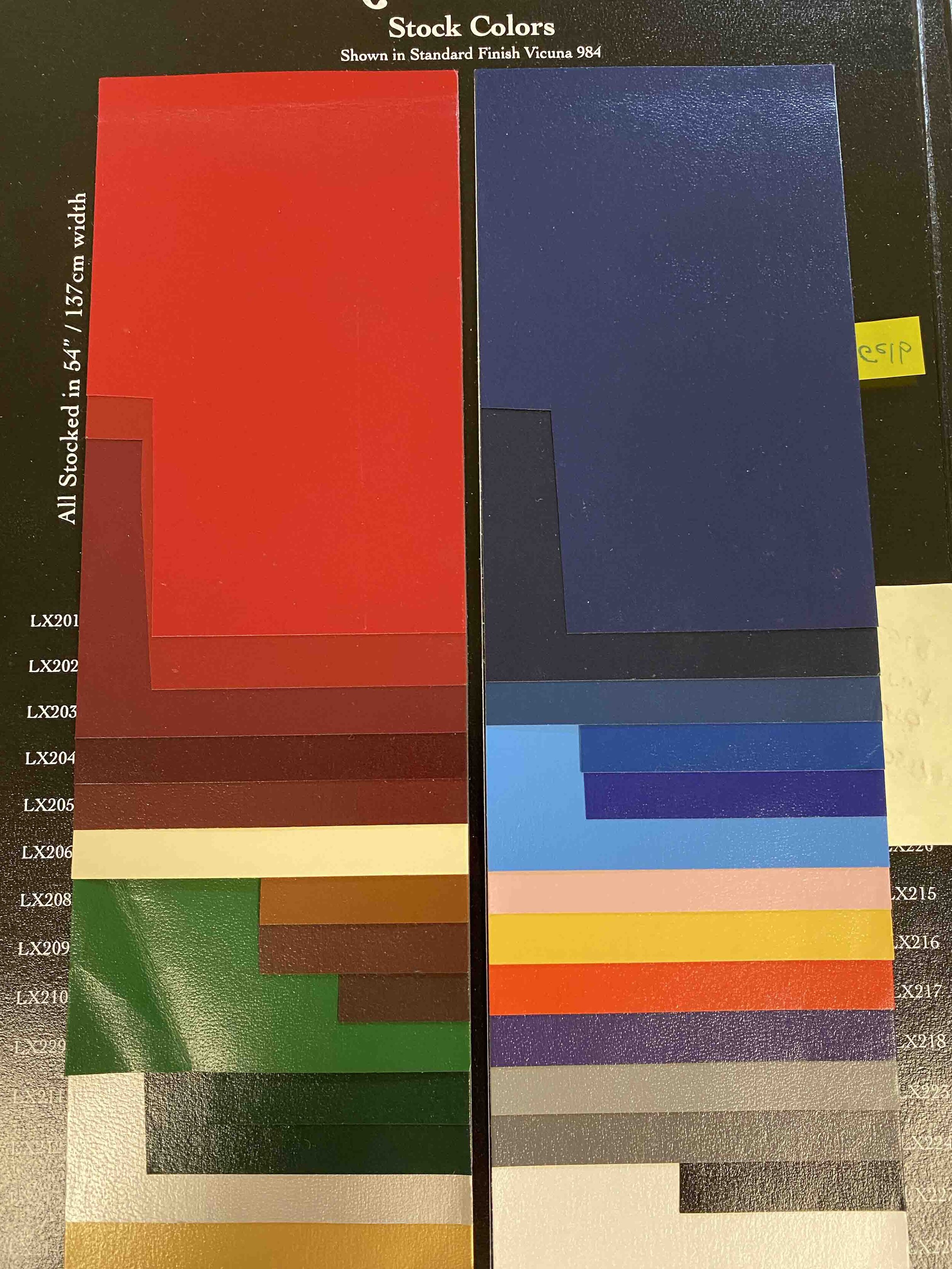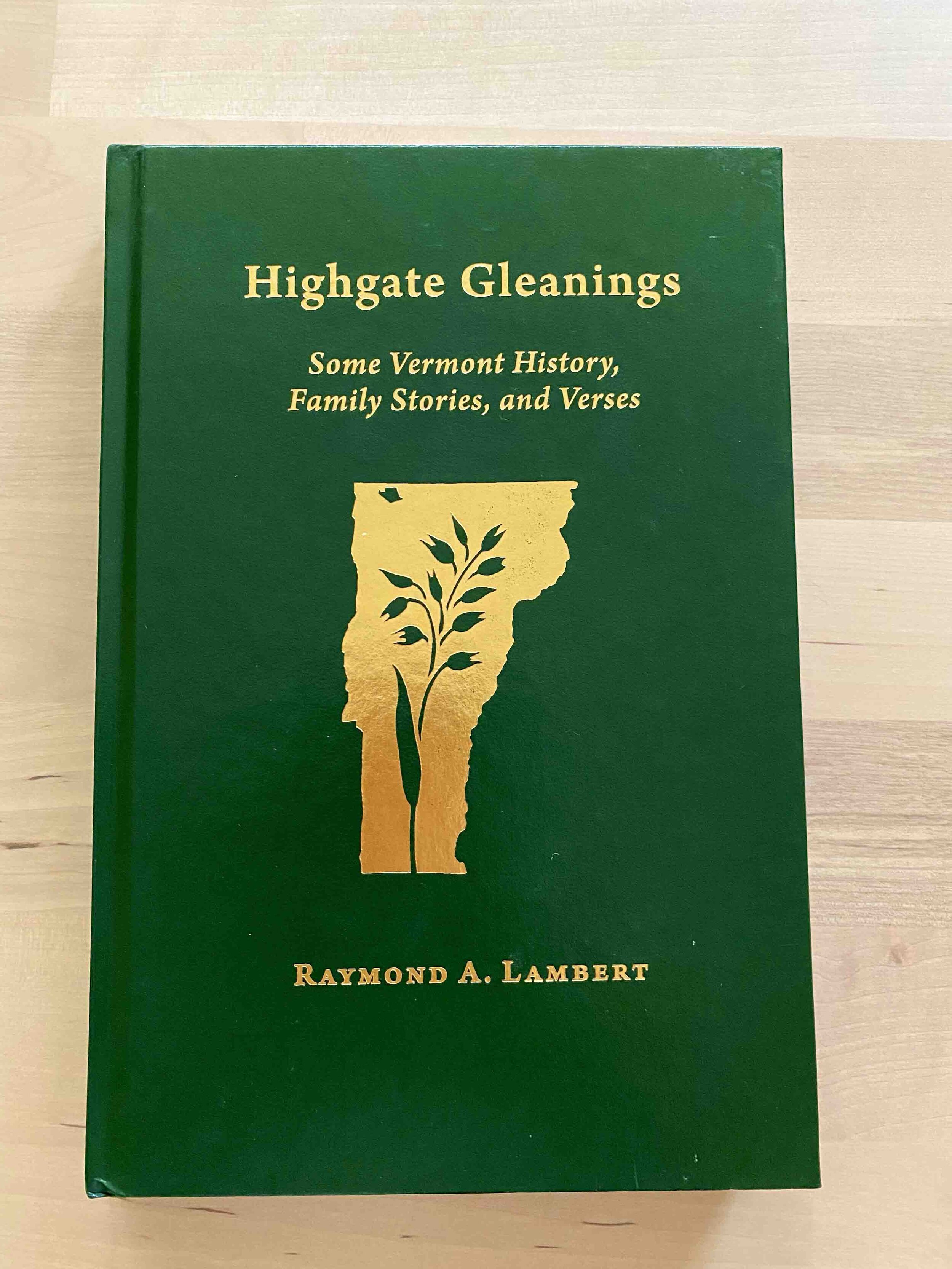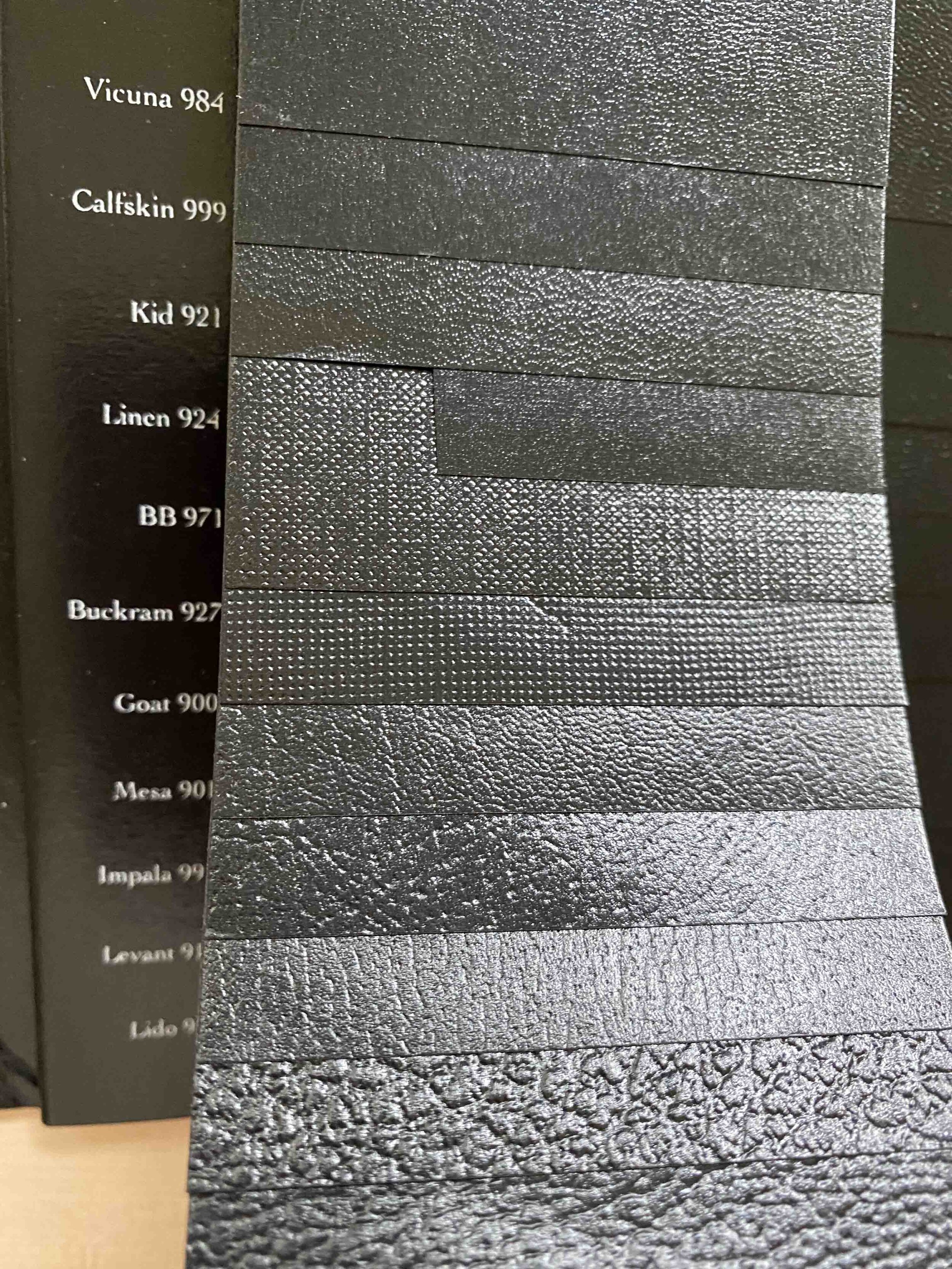During my first few weeks as an intern at Modern Memoirs, I’ve had the opportunity to reflect on all the wonderful things I have learned in the Book Studies Concentration at Smith College. At Smith I particularly enjoyed learning about Artists Books, which offer an entirely different world of possibilities than the traditional conceptions of cover, spine, and page. From Alisa Banks’ books that pop up into houses, to Huong Ngô’s book with text that only reveals itself after the warm press of a human hand, there is much to be appreciated about the range and potential of the physical aspect of a book.
In the spirit of this appreciation, I would like to share some things I have already learned at Modern Memoirs about the materials and production side of book publishing:
Text stock—weight, hue finish
The text stock (paper)—So many factors can go into this decision: how many pages the book has; whether it contains pictures; whether these pictures are in color or black and white, in one section or scattered throughout. Though images play a big role in deciding the text stock, publishers must also consider the way the ink will sit and present itself on the page, or how much “opacity” or show-through the sheet has. Modern Memoirs uses paper ranging from 55-pound uncoated to 80-pound coated, with matte, satin, or gloss finishes.
Sewn signatures for binding
The binding—Digital print, hardcover books are casebound, which means all the pages are printed individually, trimmed, and then attached to the spine of the cover, using adhesive. Smyth-sewn bindings are more intricate, a centuries-old form of binding in which the pages are printed on large sheets and folded in “signatures” before being sewn together and then glued to the spine. For longevity, Modern Memoirs suggests sewn bindings.
The cover—The cover is the first representation of the content, so the amount of thought that goes into the little details should pair with the overall design of the book to create the best product possible. Covers can be soft (paperback) or hard, and hardcover books have options regarding dust jackets, materials (ex. leather or faux leather, cloth, or composite paper), embossment on the cover material, foil- or pigment-stamped cases (Modern Memoirs’ specialty), and gloss or matte lamination.
These considerations will impact everything down to the look, feel, and even smell of the book. Sometimes clients want to be very involved in the selection of materials for their books. Other times, they want Modern Memoirs to handle this part of design and production for them. No matter what, ideally each element is suited for a client and their project, like styles of clothes on people.






